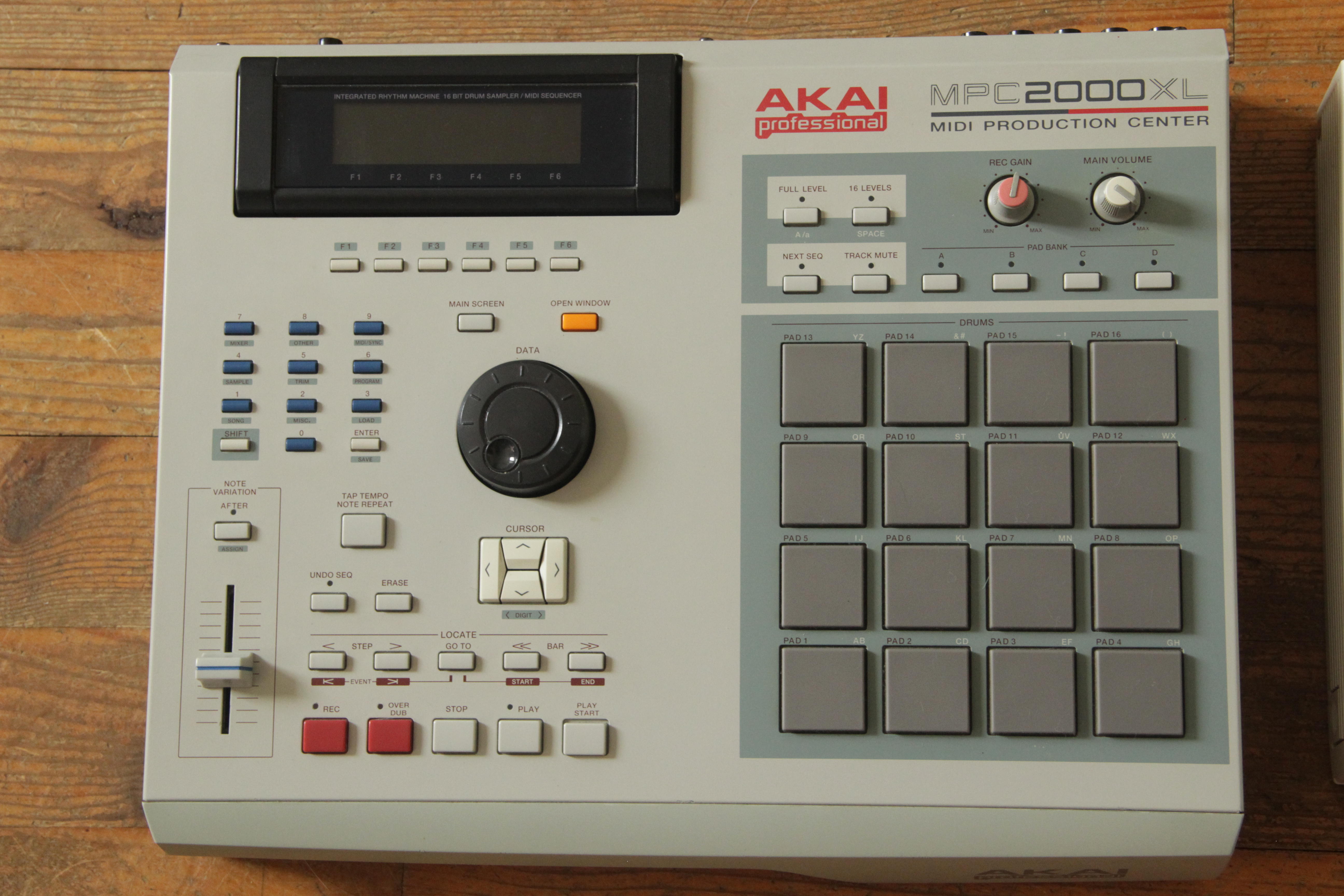
His company Linn Electronics had closed following the failure of the Linn 9000, a drum machine and sampler. Linn had designed the successful LM-1 and LinnDrum, two of the earliest drum machines to use samples (prerecorded sounds). The original MPC, the MPC-60, was a collaboration between the Japanese company Akai and the American engineer Roger Linn. Grooveboxes, machines that combined these functions, such as those by E-mu Systems, required knowledge of music production and cost up to $10,000. Every 2000 or 2000XL I had after that, I took better care of and it was a non-issue.īut I do understand your hustle.The MPC was designed by Roger Linn (pictured in 2010), who also created the LinnDrum.īy the late 1980s, drum machines had become popular for creating beats and loops without instrumentalists, and hip hop artists were using samplers to take portions of existing recordings and create new compositions. My first MPC 2000s LCD screen blew a few pixels because I never turned my unit off. The cause of this is mostly due to catz keeping their MPCs on when they are not in use. The 2000 and XL LCDs will eventually fade or its pixels will burn out. There really hasn't been any issues yet with the MPC 1000, 2500, and 4000. The issues with LCD screens are with the 20XL models. half the price of one repair, not considering labor, shipping handling and waiting. You dont have to keep paying for repairs. Also, it extends your return period by double and extends your price match time period by double. if they do the same repair more than 3 times, you get a check written in your name for the same amount of money that you paid for the MPC.

If you get the warranty with guitar center, you WILL have your gear looked at with FIRST priority and they will get it sent back to you within 10 days. getting one fixed is around.300-400 dollars. the lcds sometimes just fade or get damaged or whatnot over the course of time. I too work at guitar center, and the most common repair I've ever seen on an MPC is the screen.


 0 kommentar(er)
0 kommentar(er)
